Last year, the 2023 congress was held under the motto of urgency: ‘Less. But make more of it!’ The urgency arose from shortages of skilled labour, energy, money due to interest rates, fertile soil, water and, last but not least, the willingness to change habits and ways of thinking.
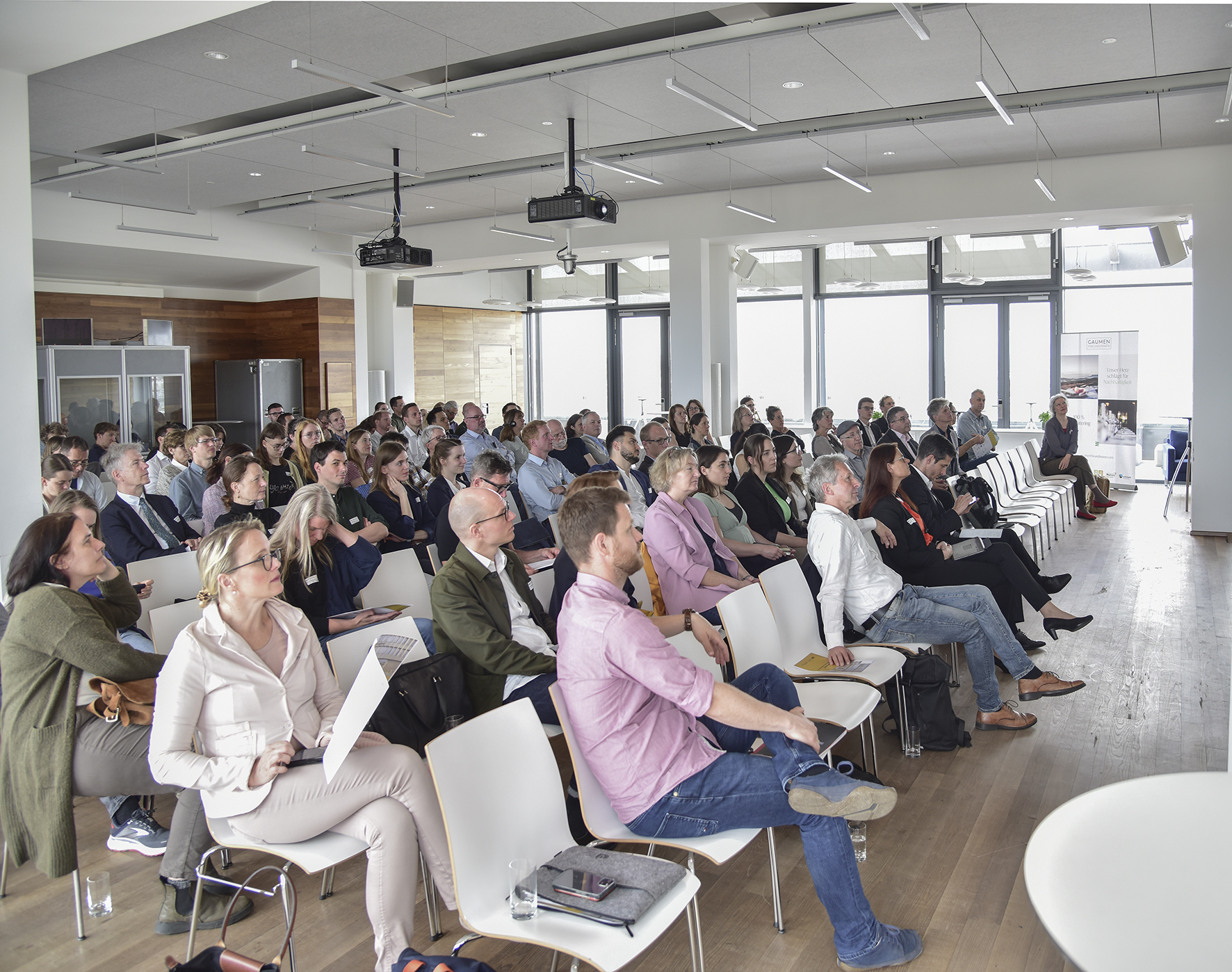 Foto: © Enzberg
Foto: © Enzberg
One year later, in 2024, we (and society) were no longer faced with the problems, but were in the middle of the work: ‘Switch-over completed! Components, building structures, neighborhoods.’
These were the considerations:
What will be converted? Building technology, of course, but from an ecological point of view, every thing has an environment, including building technology installations:
In many cases, these require a new infrastructure. Energy and heat flows are increasingly coming from the roof, from electricity produced locally or by neighbours or from waste heat, from district heating or its return flow, from anergy networks, from geothermal probes.
And the heat and energy flows do not simply come from the roof, but are the result of planning, agreements, contracts, authorisations, i.e. a great deal of initiative and social innovation.
The new building technology often requires upgraded building envelopes. We already know a lot about the energy efficiency of building envelopes in building operation, but now the ecological effort that goes into the materials and the future effort that is also required by the connections between the materials demand more attention, including at this congress.
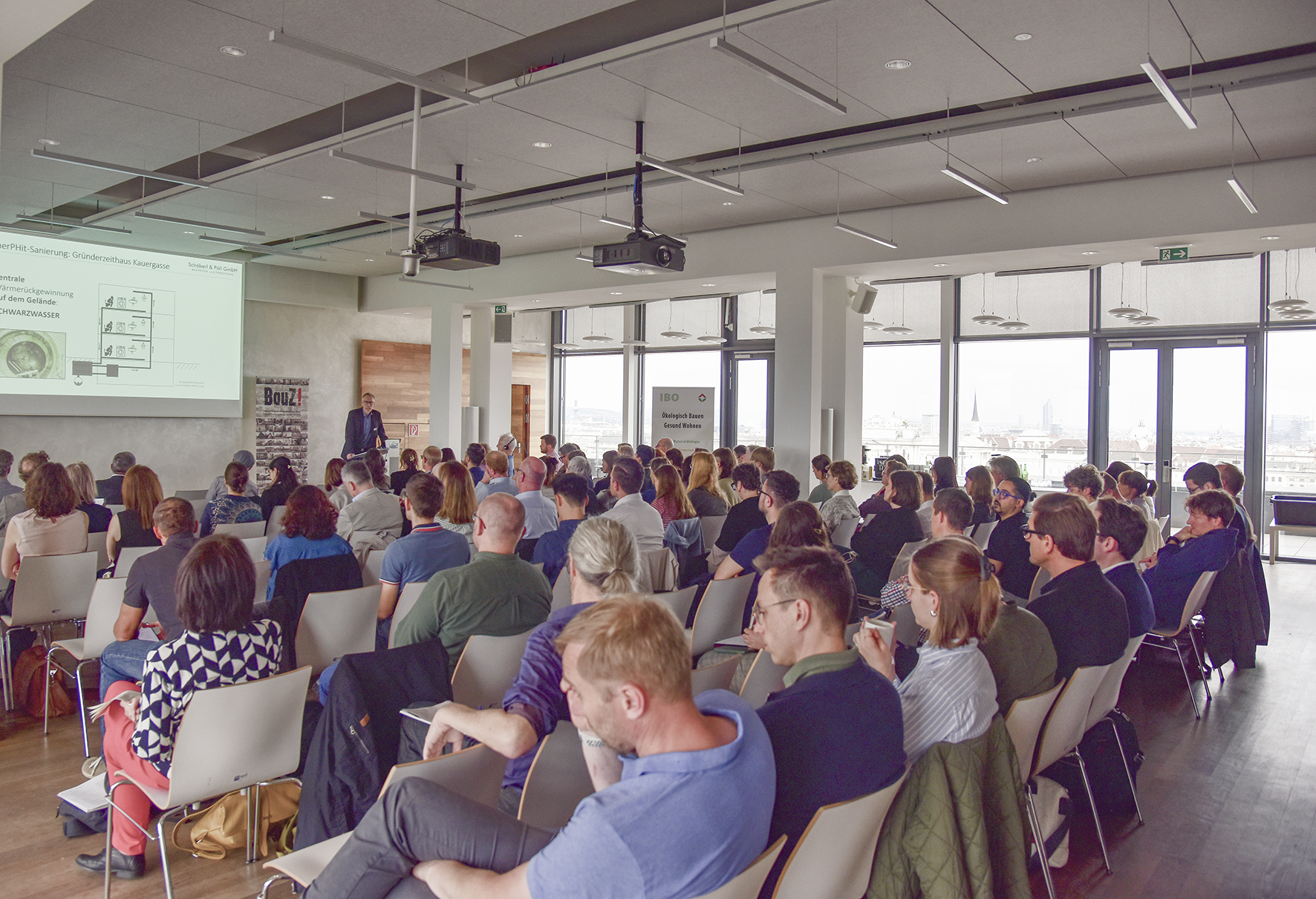 Foto: © Enzberg
Foto: © Enzberg
Because of this effort, the focus is shifting towards the new utilisation and conversion of existing buildings and away from new construction.
Re-utilisation also means greening roofs and façades to mitigate summer temperatures and relax the eyes.
Our congress was once again hosted by TU Wien in the ‘TUtheSky’ hall of the Plus-Energy office tower.
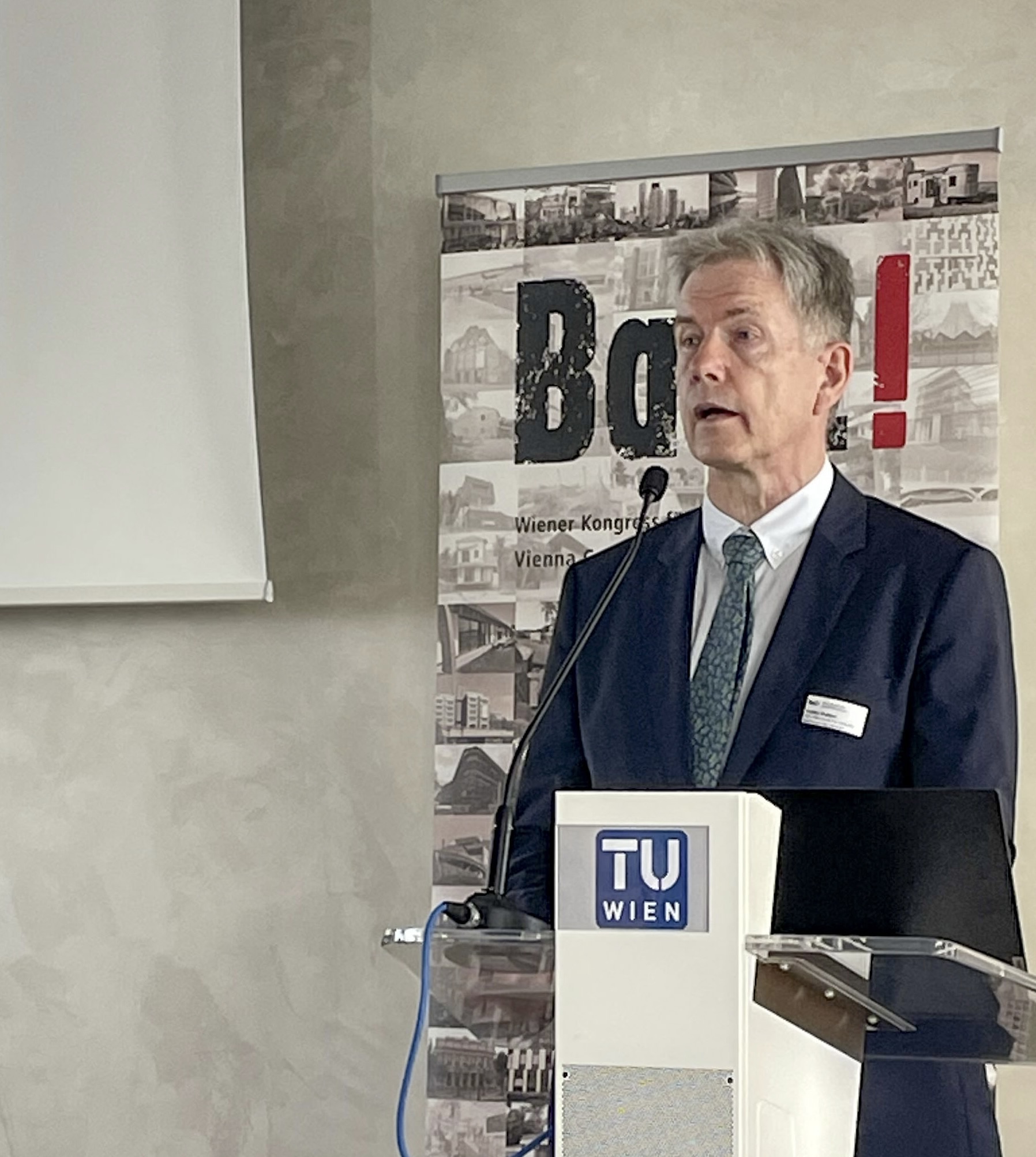 Tobias Waltjen, Foto: © Cristina Florit
Tobias Waltjen, Foto: © Cristina Florit
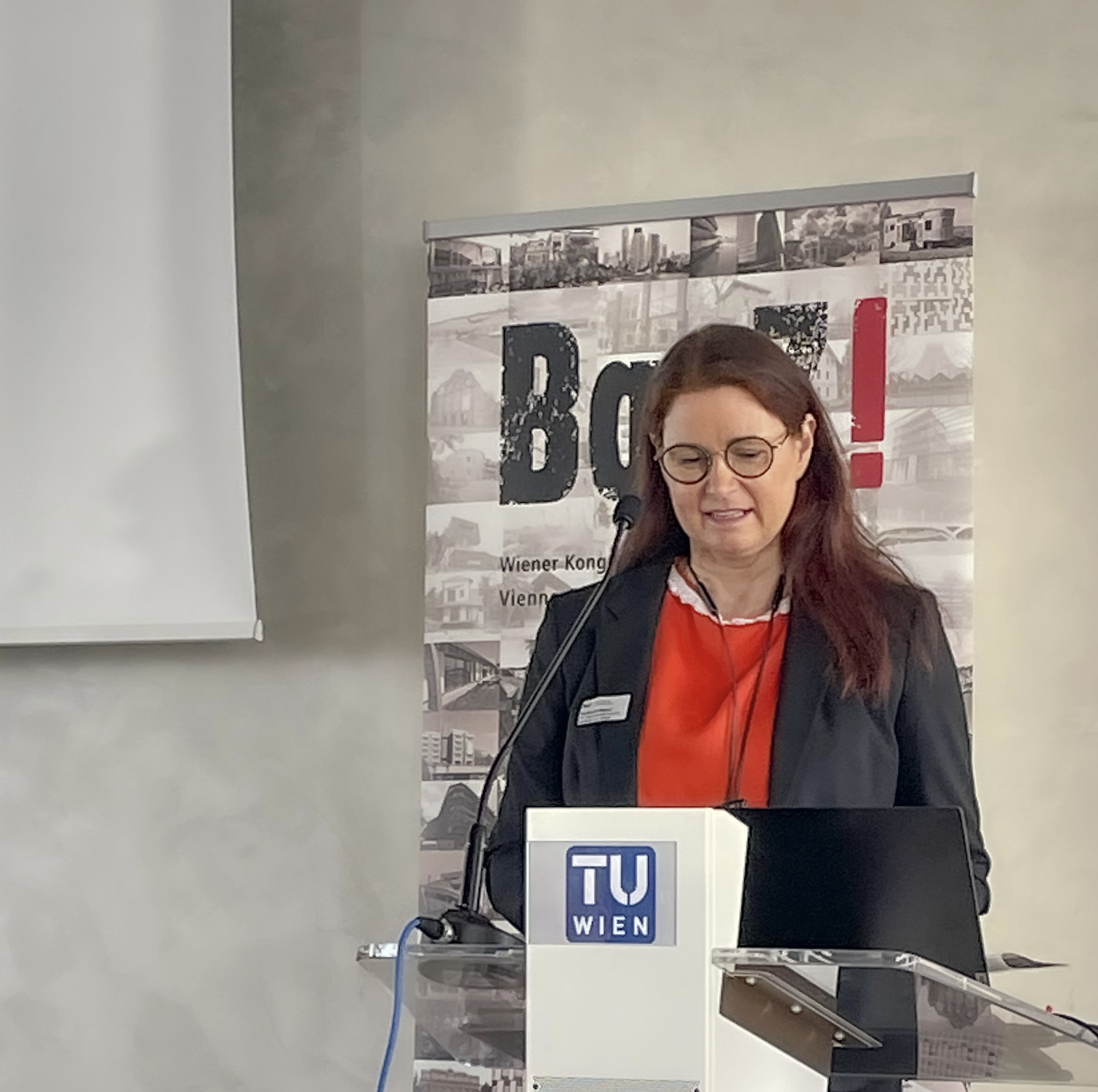 Susanne Formanek, Foto: © Cristina Florit
Susanne Formanek, Foto: © Cristina Florit
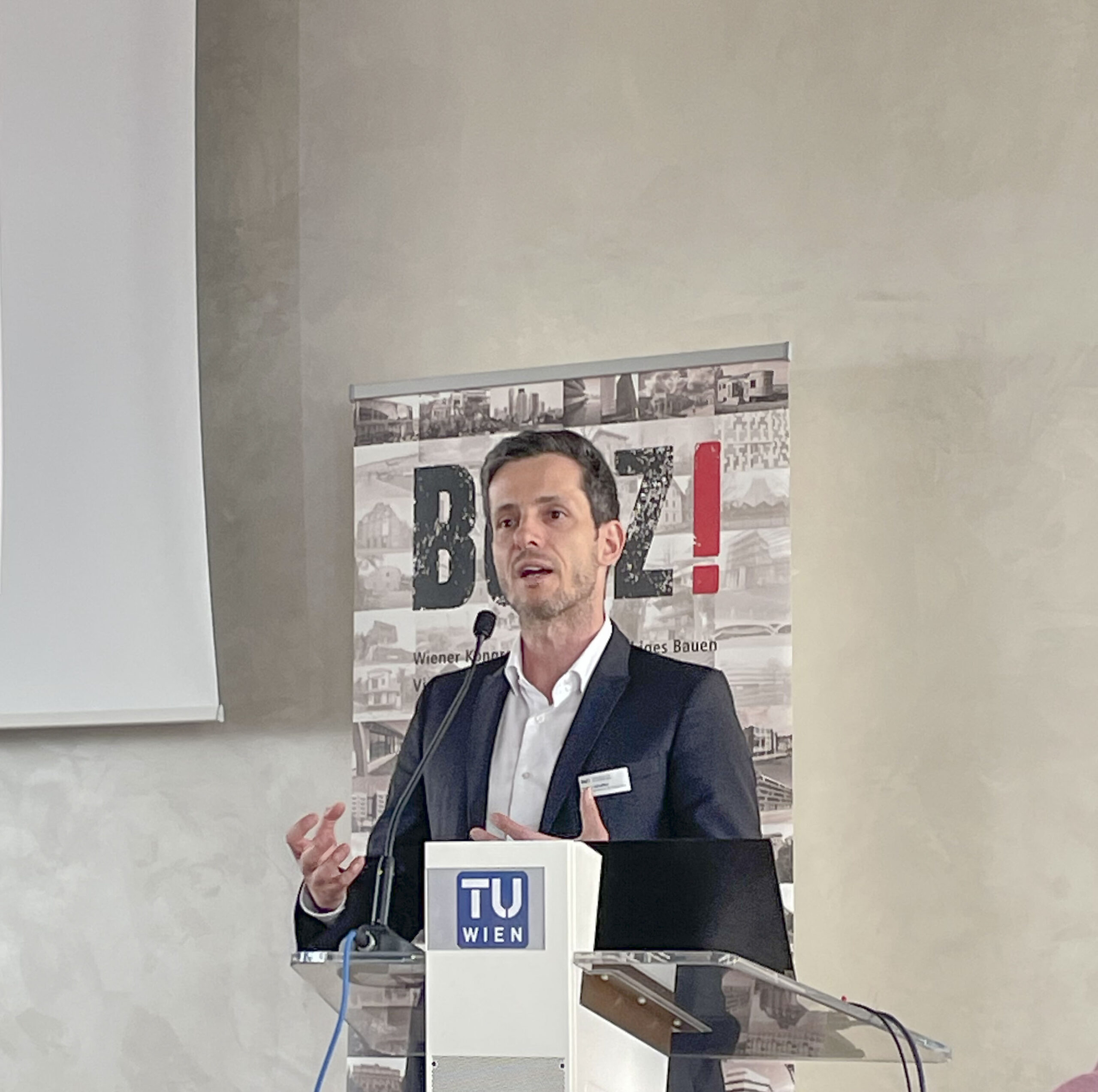 Volker Schaffler, Foto: © Cristina Florit
Volker Schaffler, Foto: © Cristina Florit
We opened with
1. ‘Framework conditions that help’ and continued with
2. exemplary refurbishment projects, followed by
3. new principles in material ecology and thus the circular economy.
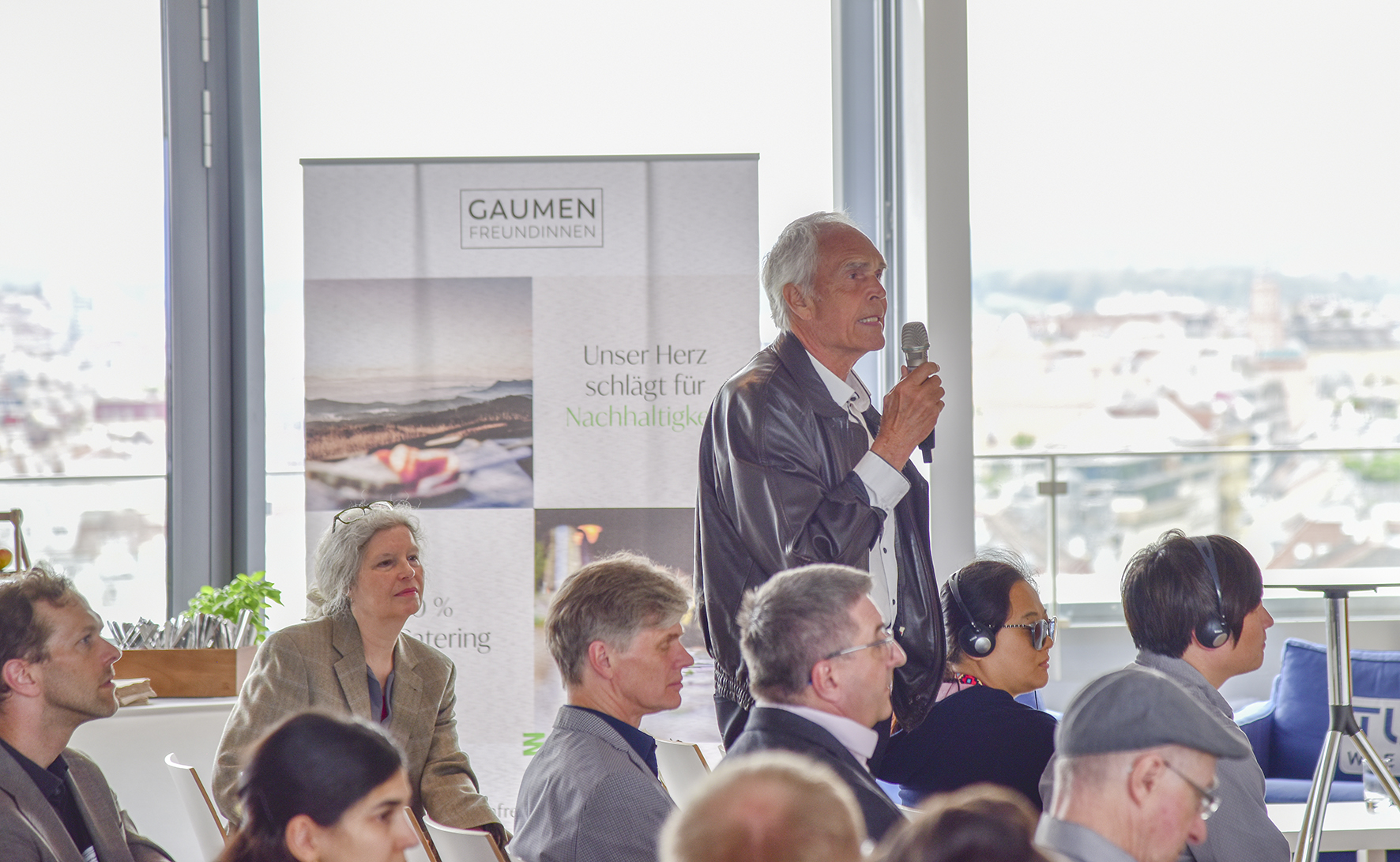 Foto: © Enzberg
Foto: © Enzberg
On the second day, we began with the much-discussed topic
4. 4 ‘New approaches to technical building equipment’, continuing with
5. open space and greening’ and concluded with the presentation of
6. new building projects.
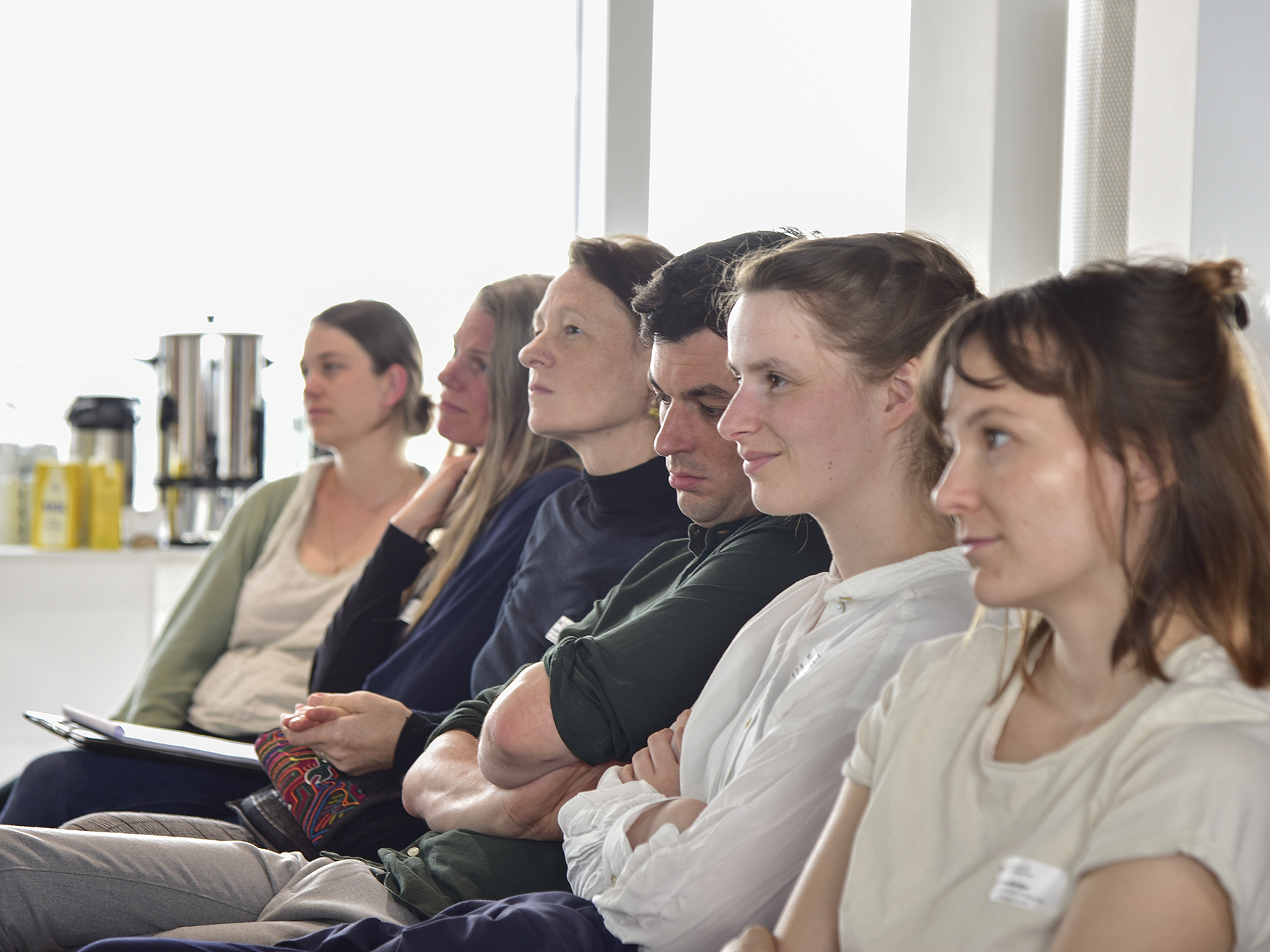 Foto: © Enzberg
Foto: © Enzberg
As last year, six workshops held by independent research groups in the afternoons made a significant contribution to the congress programme:
1. Flucco+ – Flexible user:interior comfort (UAS Technikum),
2. Climate Communities (support decarbonisation in existing districts) (UAS Technikum),
3. Future-orientated building concepts with clay, wood, straw and hemp (TU Vienna).
4. New planning approaches in the greening of buildings (GRÜNSTATTGRAU),
5. Wood in renovation – latest findings and research results (RENOWAVE.AT), and
6. Plus-energy neighbourhoods – from planning to implementation. (AIT)
A congress also takes place during the breaks, especially with such a panorama.
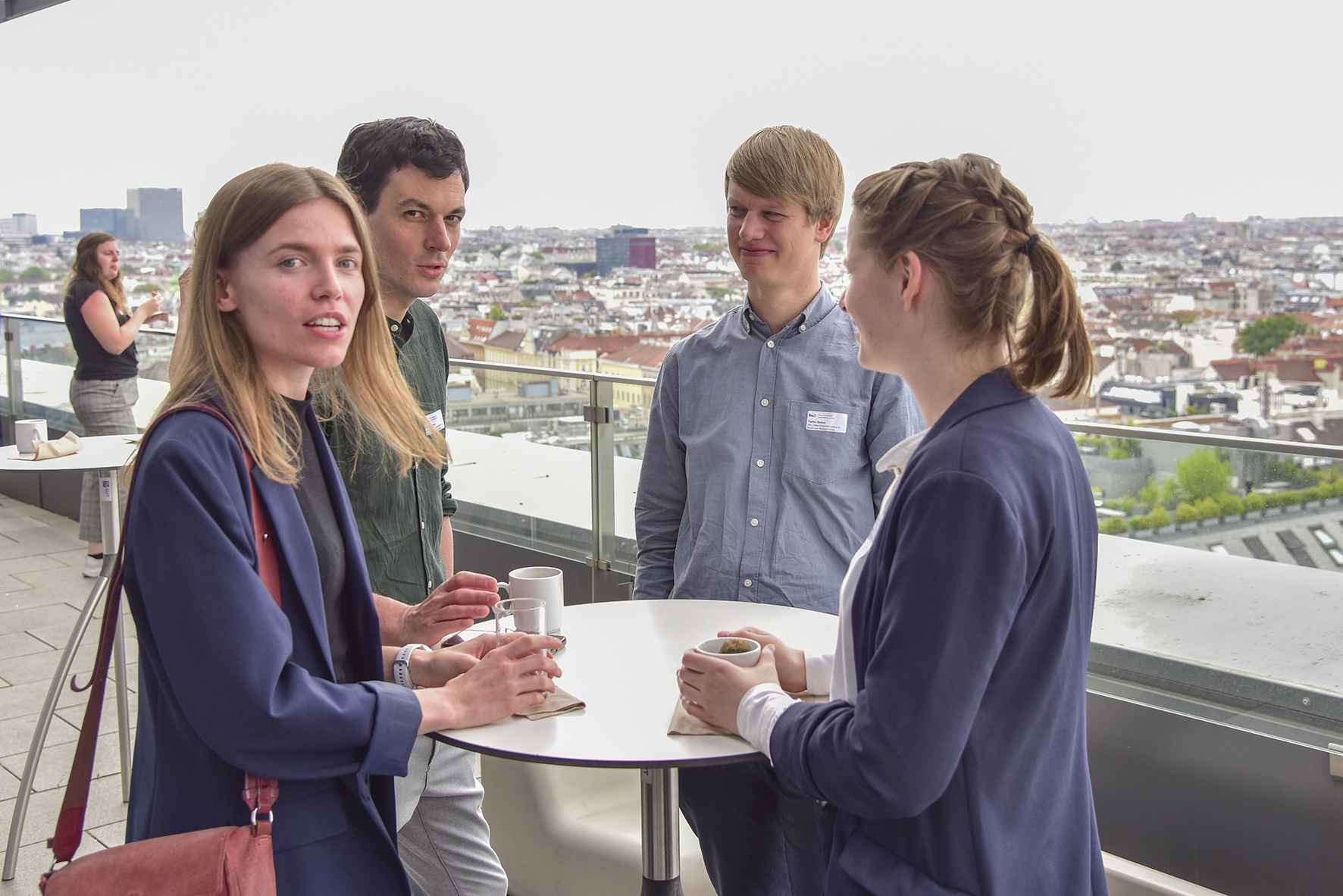 Foto: © Enzberg
Foto: © Enzberg
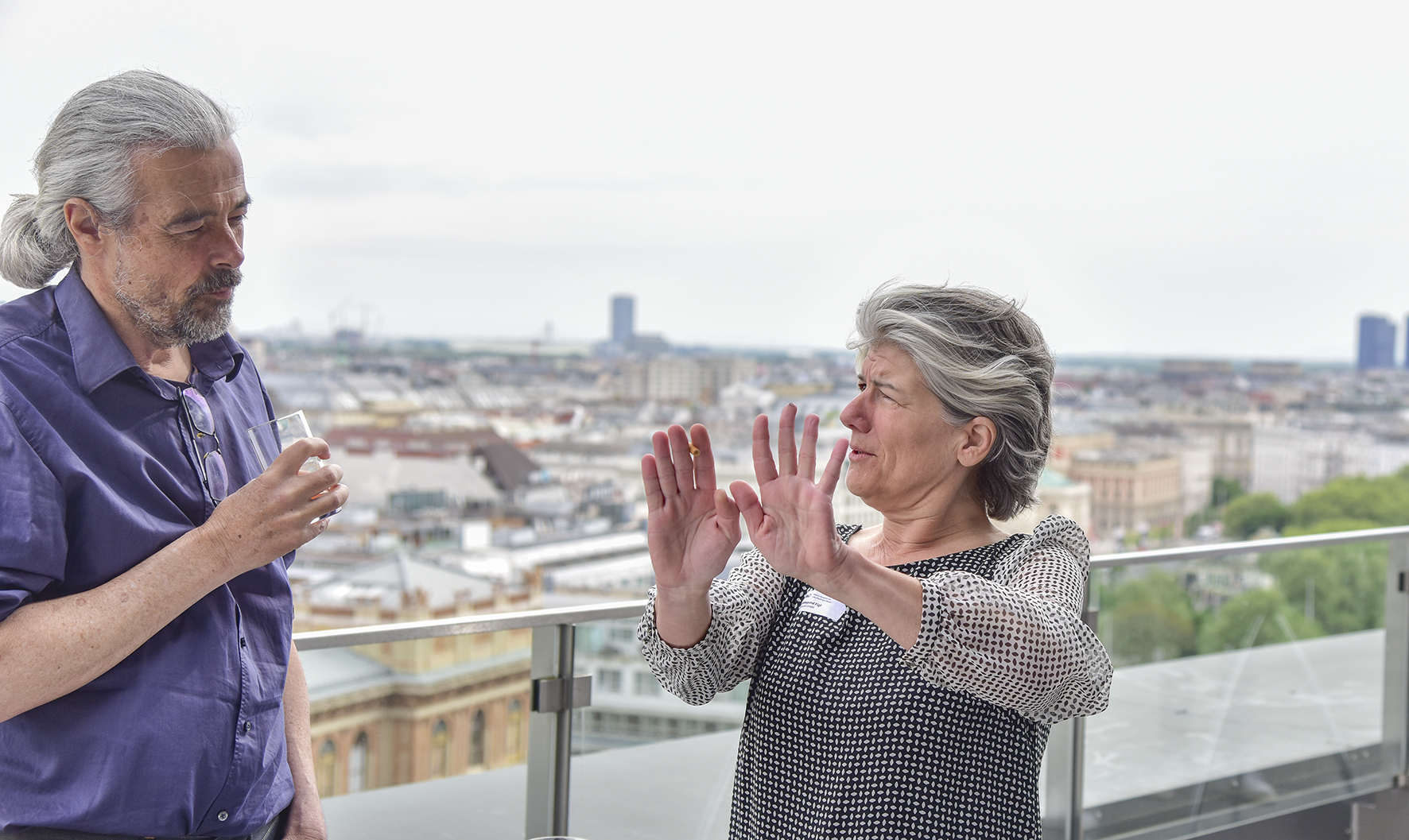 Foto: © Enzberg
Foto: © Enzberg
